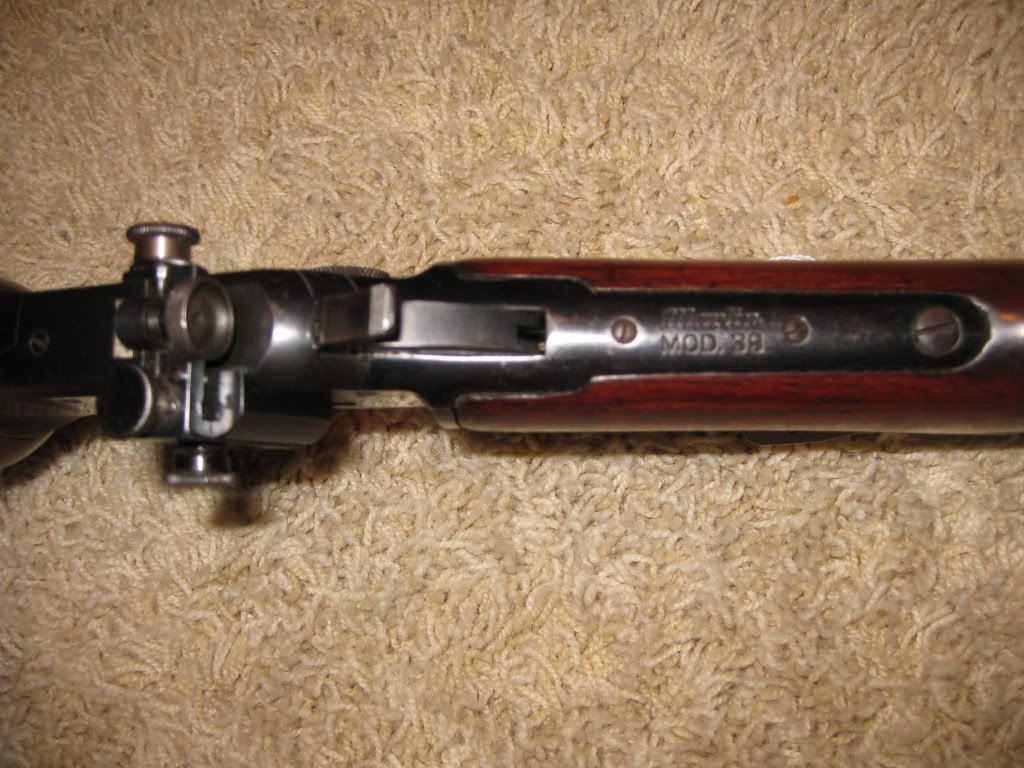Lyman Serial Numbers
Ideal / Lyman Mold Reference Comments, corrections, pontification? Identifying Your Ideal / Lyman Mold There is a 6 digit numbering convention for the Ideal and Lyman molds. In this case, 452 486 523 is referred to as a 452486, the final number is dropped..452 is nominal diameter 486 is the cherry number used to cut the mold.

Mar 29, 2012 Vintage Lyman Super Target Spot scope questions? Possession of a vintage Lyman Super Target Spot scope in 20x that I have. Look up its serial number? Vintage Lyman Alaskan Info: Post Reply Topic Search Topic Options. It has a tiny serial number stamped in front of the Lyman info of '449'.
Syntheyes Serial Number. Cherry numbers have occasionally been reused from older molds. Searching by cherry number is not infallible. 523 is a mold pair ID Older molds may be seen with a 5 digit serial, like 452 11. 452 nominal diameter, cherry number 11. Over time, some molds were updated to the six digit by adding a leading zero to the cherry number, example 45211 becomes 452011. Round ball molds are (usually) only marked with the nominal diameter and pair ID.
There are a few alpha characters that were used, L (long), S (short), O (oversize), U (undersize). I have seen B, C, V and X as well. Do serial numbers of the molds refer to as cast diameter or sized diameter? ( 43d Lyman Reloading Handbook) The first three digits of the mould number are the diameter that the bullet is to be sized to. The mould will cast a bullet from.001 to.003 larger to allow for sizing.Undersized bullets (mould number contains 'U') must be used to size to.308 or other bore diameters. An undersize mould will cast a bullet approximately.002 smaller than standard moulds. In short, 'it depends'.
Find the Mold Number I use this visual list of molds: Note that the Top Punch is NOT identified. For the Top Punch, please refer to the table below. Sizing the Bullet One way is to use 'H&I' dies named from the old Ideal catalog. The body is part 'H' and the cylindrical stem is part 'I'.
A normal size is.001' over the nominal bullet diameter. For example, a 6mm Remington (243 dia) will use a.244' H&I die. However, your rifles' bore can vary, so the bore may be tighter or looser. Military surplus rifles are a prime example.
If the as cast or sized diameter produces poor accuracy, one culprit may be a bad fit of the bullet to the bore. Slug the barrel to determine the atcual bore diameter, size to meet it. Top Punch These are used in conjunction with the 'H&I' dies. They are identified as part 'G'.
They are shaped to fully support the nose of the bullet as it is forced downward into the H&I sizing die. A Cast Boolits' member offers a generic top punch that uses JB Weld or hot glue to create a custom top punch for your bullet. Gas Check Bullet molds come in four main types, Hollow Base / HB (like Minie balls), plain base / PB (square band), bevel base PB (slight angle, useful for reloading), Heel, and gas check / GC (slightly smaller diameter at base). Hollow Base / HB Skirt expands upon firing to grip rifling. Bullet CG shifts forward. Plain Base / PB Used for low to moderate loads. Gas cutting occurs when chamber pressure and bullet hardness combine to allow hot gas to blow past the bands.
Don't worry about the base melting, since the lead cannot get hot enough in the short time its in the barrel. Heel This type is used when the bullet diameter is the same as the outer diameter of the case. Example is the 22LR. Resembles the Plain Base, otherwise.
Gas Check / GC Bullet base has a slighly smaller base shank. The gas check (usually copper or aluminum) is slid over the shank. Some of the older GCs had straight walls, and needed to be sized on the bullet. Newer GCs have a slight inward taper so they tend to grip the bullet. The can be sized or left unsized. Bullets designed as GC models can be used without GCs as long as the pressure and hardness prevent gas cutting. If the GC is on tight, you can use it in bottleneck cases with the base below the case neck.